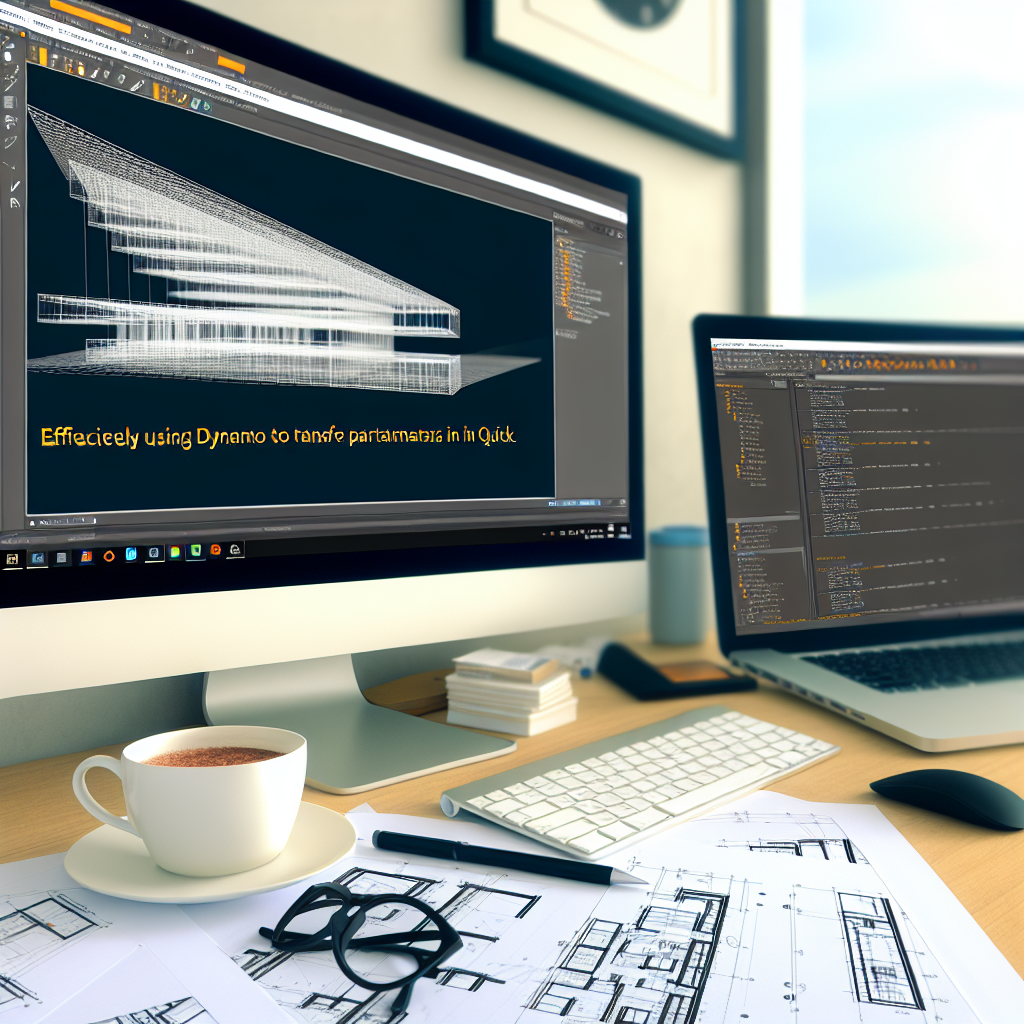Transferring parameter values in Revit can often be time-consuming, especially when managing large models. However, leveraging Dynamo, a powerful visual programming tool, enables users to automate and accelerate this process dramatically. In this article, we will explore how to harness Dynamo to swiftly transfer parameters’ values in Revit, making your workflow more efficient.
Automating Parameter Transfers with Dynamo: Streamlining Your Revit Workflow
One of the most significant challenges in Revit is managing consistent and accurate parameter data across multiple elements and families. Manual entry or copy-pasting becomes impractical as projects grow in complexity. **Dynamo offers a solution** by providing a visual scripting environment where you can create custom scripts to automate parameter transfers seamlessly.
To start, you’ll need to understand the structure of your Revit model and identify the parameters that require transfer. By linking Dynamo with Revit’s API, you can create scripts that select specific elements, extract parameter values, and assign them to other elements or categories. This process not only reduces human error but also dramatically decreases project turnaround time.
Designing a Dynamo Script for Parameter Transfer
When designing your Dynamo workflow, consider these key steps:
- Element Selection: Use nodes such as Categories and All Elements of Category to specify the elements involved.
- Parameter Extraction: Use the Element.GetParameterValueByName node to retrieve current parameter values.
- Parameter Assignment: Implement Element.SetParameterByName to assign new or existing parameter values to the target elements.
- Data Filtering and Matching: Use nodes like List.FilterByBoolMask or Code Blocks to ensure correct element matching and data consistency.
This approach allows for a **batch transfer of parameters**, which can be customized according to project needs. For instance, you could transfer height parameters from structural elements to annotations or synchronize shared parameters across different families.
Additionally, Dynamo’s ability to incorporate conditional logic and loops enables complex data manipulations, ensuring accurate transfers even in complicated models. Once set up, these scripts can be reused for multiple projects, saving time on future workflows.
Conclusion
Using Dynamo to transfer parameter values in Revit offers a **robust, efficient, and scalable** solution for managing complex models. By automating the process, designers and engineers can minimize errors, speed up project timelines, and maintain consistency across all elements. Mastering Dynamo’s capabilities equips you with a powerful tool to elevate your Revit productivity to the next level and achieve **Way Faster Wednesday** results.
